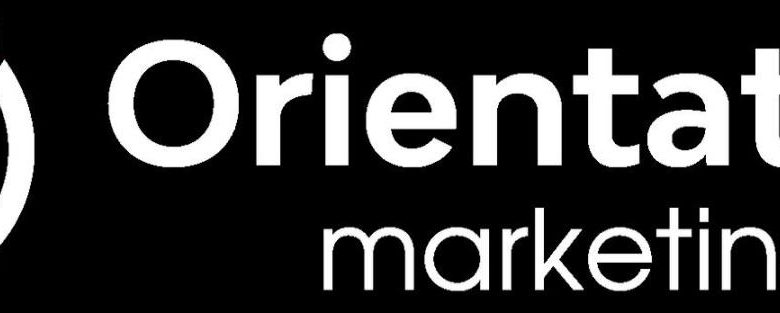How to Design a Website that Builds Trust with Visitors

How to Design a Website that Builds Trust with Visitors
Why Trust is Important in Website Design
First Impressions Matter
When someone visits your website, their initial impression will determine whether they stay or leave. Building trust right from the start is crucial in keeping visitors engaged and converting them into loyal customers.
Trust Signals and Their Impact
Trust signals are elements on your website that convey credibility and reliability to visitors. These include customer testimonials, security badges, professional design, user-friendly navigation, and clear calls-to-action. Incorporating trust signals strategically into your website design can significantly boost visitor trust and conversion rates.
Designing a Trustworthy Website
1. Create a Professional and User-Friendly Design
A polished and well-organized website design reflects professionalism and helps visitors trust your brand. Use a clean layout, choose a professional color scheme, and ensure intuitive navigation to enhance user experience and increase trust.
2. Incorporate Trust Signals
Including trust signals throughout your website is crucial for instilling trust. Add customer testimonials, case studies, and reviews to showcase positive experiences and build credibility. Display security badges and certifications to assure visitors that their information is secure. Incorporate social proof, such as follower counts and ratings, to further build trust.
3. Make Contact Information Easily Accessible
Provide prominent contact information, including a phone number, email address, and physical address, to assure visitors that you are a legitimate business. Displaying this information in the header, footer, or a dedicated “Contact” page will strengthen trust and allow visitors to reach out with confidence.
4. Implement Trust-Enhancing Design Elements
Incorporate design elements that enhance trust, such as a visible privacy policy, satisfaction guarantee badges, and SSL encryption for secure transactions. These elements show visitors that you value their privacy, care about their satisfaction, and take necessary steps to protect their data.
5. Optimize Website Loading Speed
In today’s fast-paced world, users expect websites to load quickly. A slow-loading website raises suspicion and can erode trust. Optimize your website for speed by compressing images, minimizing scripts, and leveraging caching techniques.
FAQs about Designing a Trustworthy Website
Q1: How important is responsive design for building trust?
Responsive design is highly important for building trust because it ensures your website displays correctly on various devices. Mobile-friendly websites are perceived as trustworthy, as they cater to the needs of modern users who browse on smartphones and tablets.
Q2: Are customer reviews an effective trust signal?
Absolutely. Customer reviews provide social proof and allow potential customers to see others’ experiences with your product or service. Positive reviews build trust, encourage conversions, and establish your brand’s credibility.
Q3: How can I earn visitor trust through content?
To earn visitor trust through content, focus on creating high-quality, informative, and relevant content. Demonstrate your expertise, provide valuable insights, and address visitors’ pain points. Use credible sources and cite them when necessary to establish trustworthiness.
Q4: How can I measure the trustworthiness of my website?
Several metrics can indicate the trustworthiness of your website, including bounce rate, conversion rates, time on site, and repeat visits. Monitoring these metrics regularly will help you gauge the level of trust your website is building with visitors.
By following these strategies and incorporating trust signals into your website design, you can create a trustworthy online presence that impresses visitors and fosters long-term relationships with your target audience. Remember, building trust takes time, consistency, and a user-focused approach to design.



